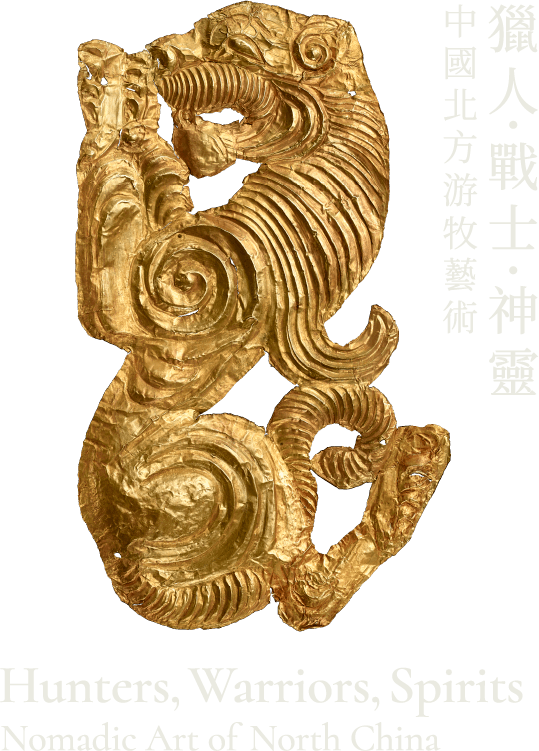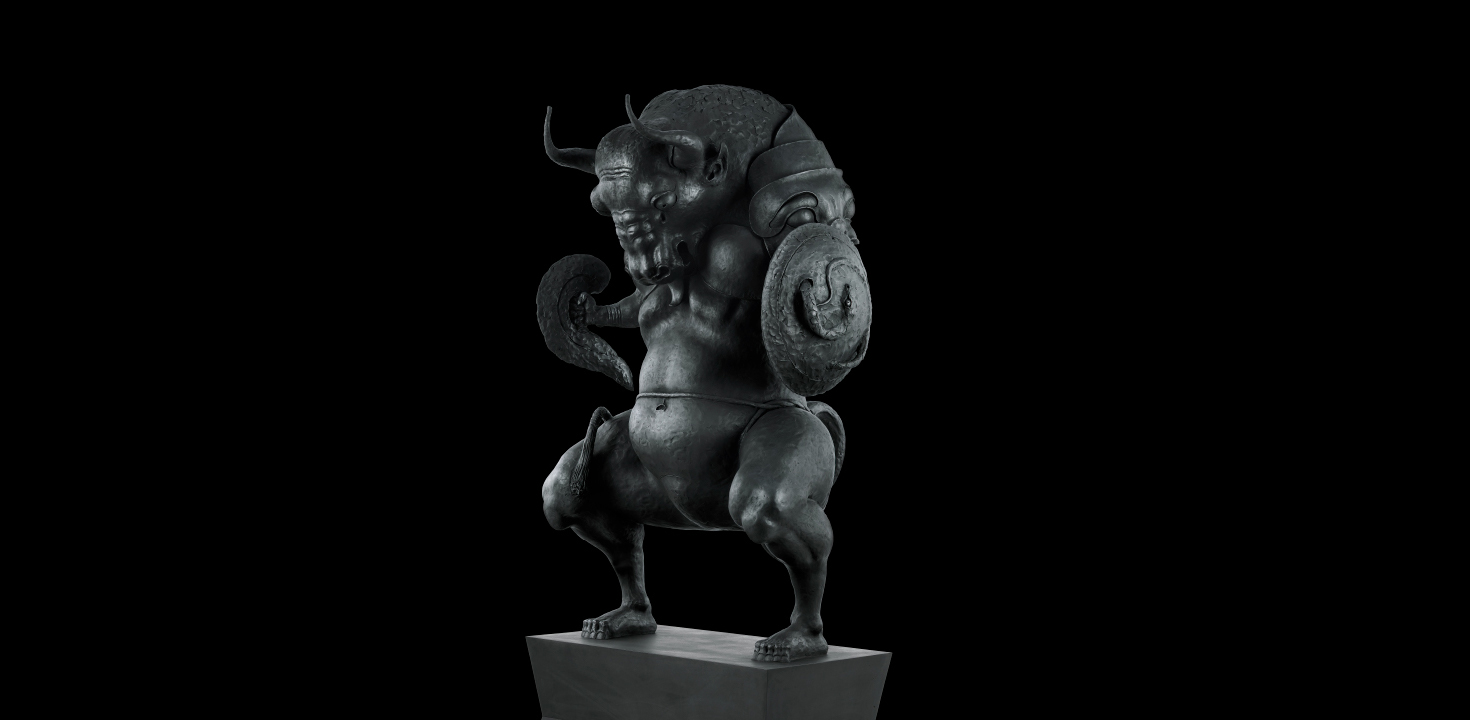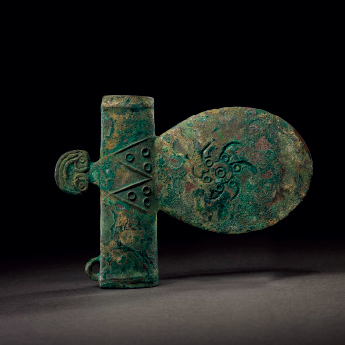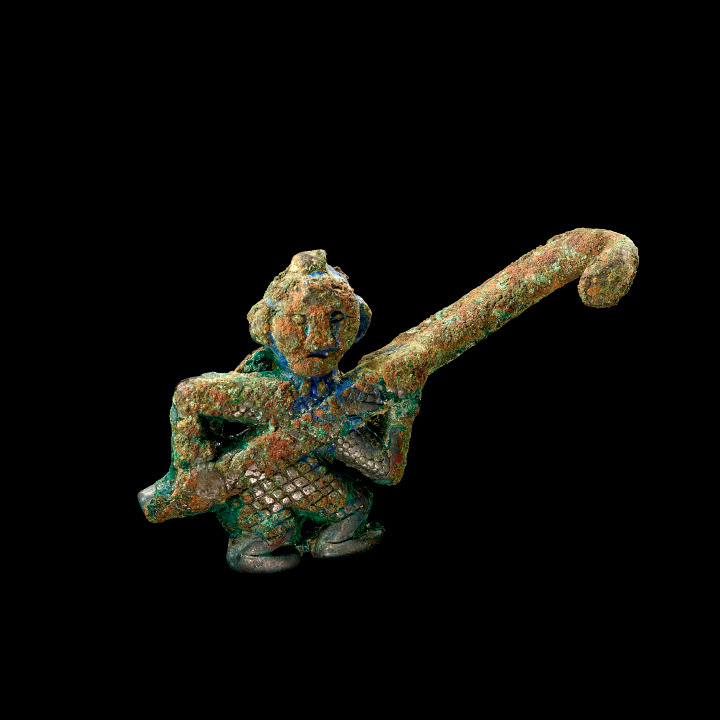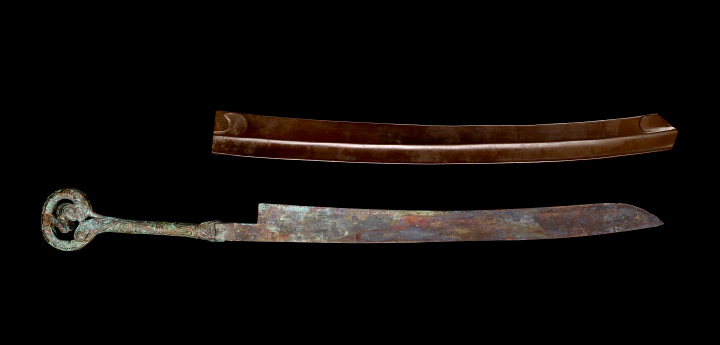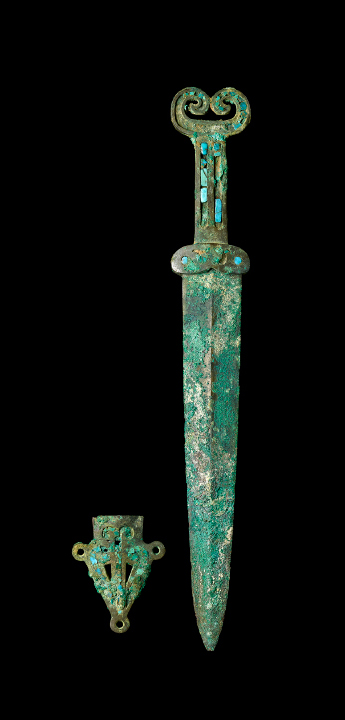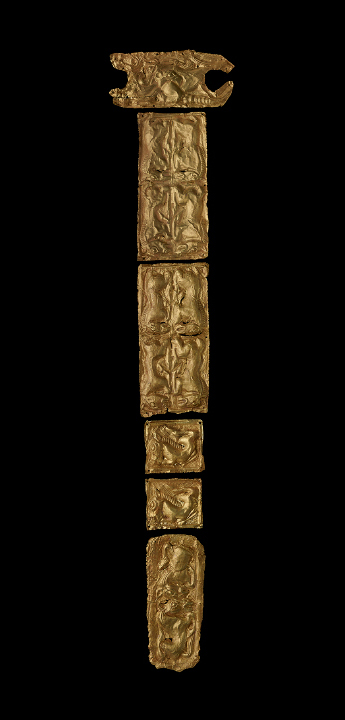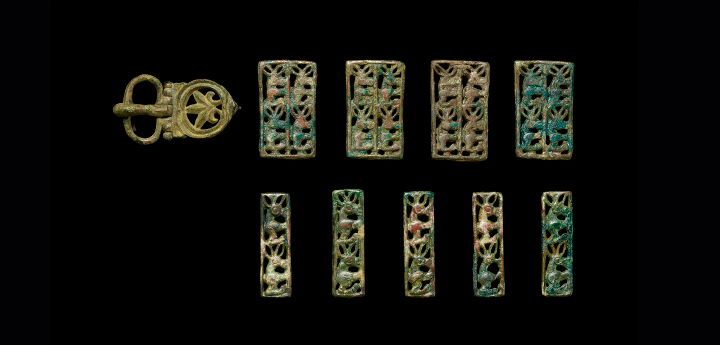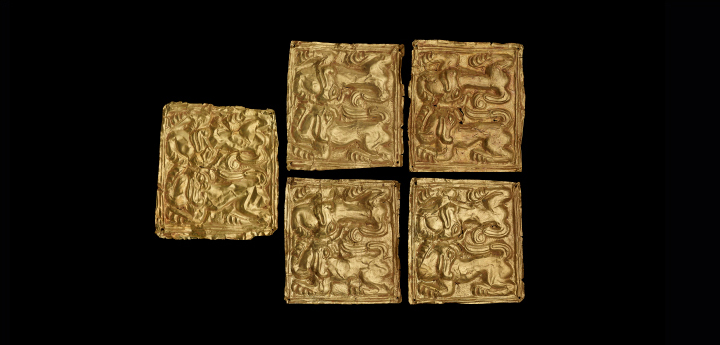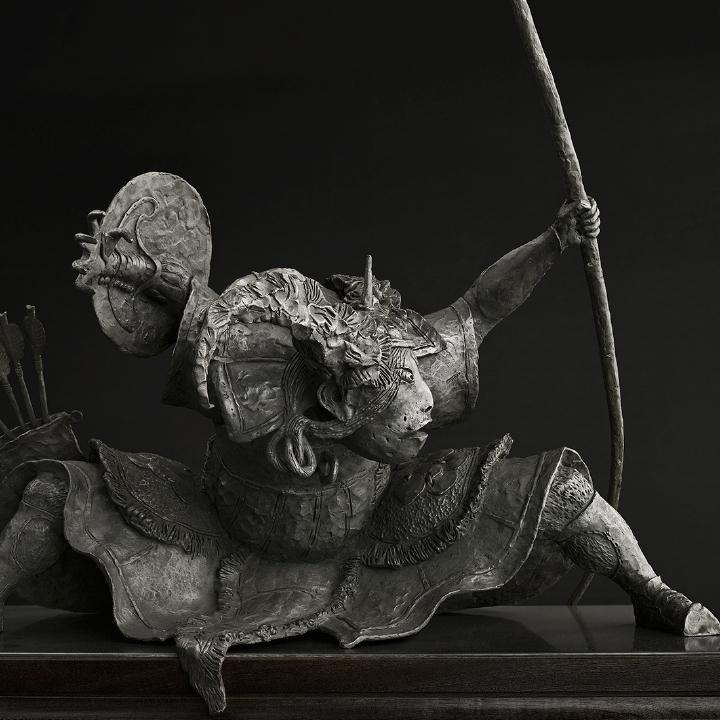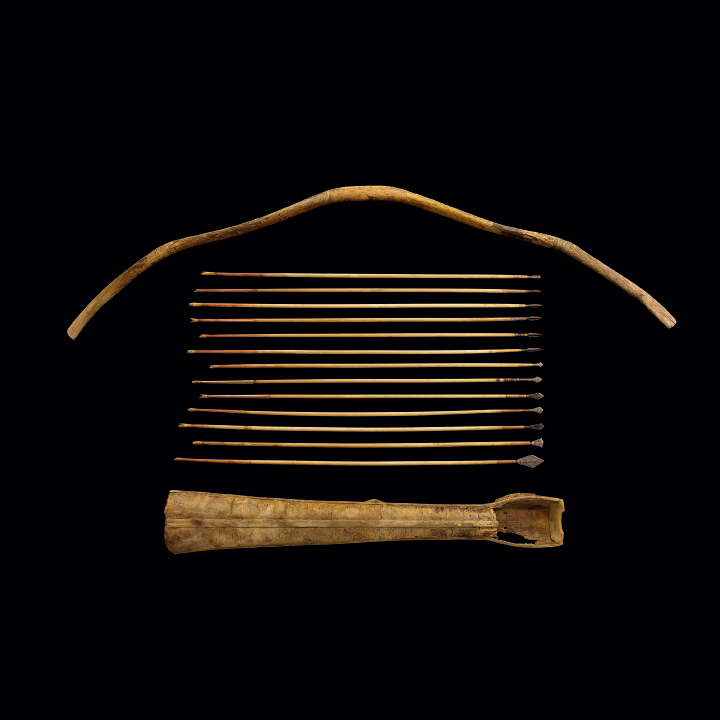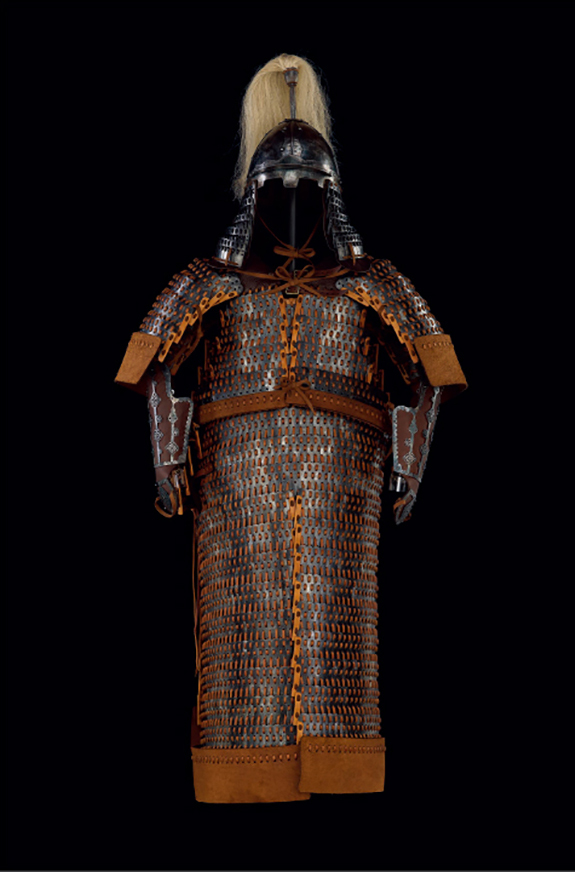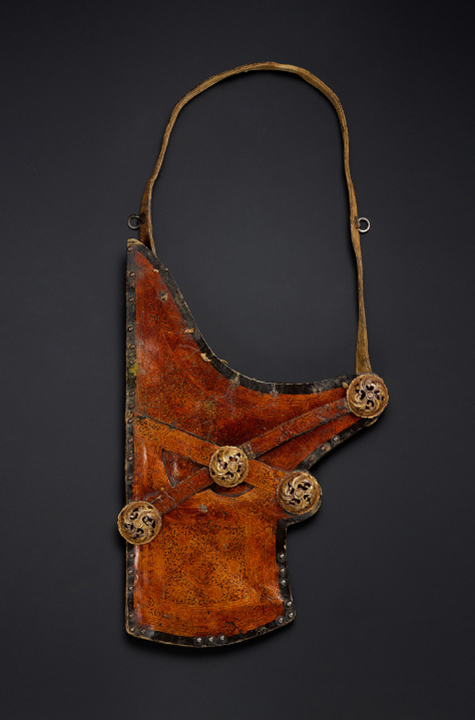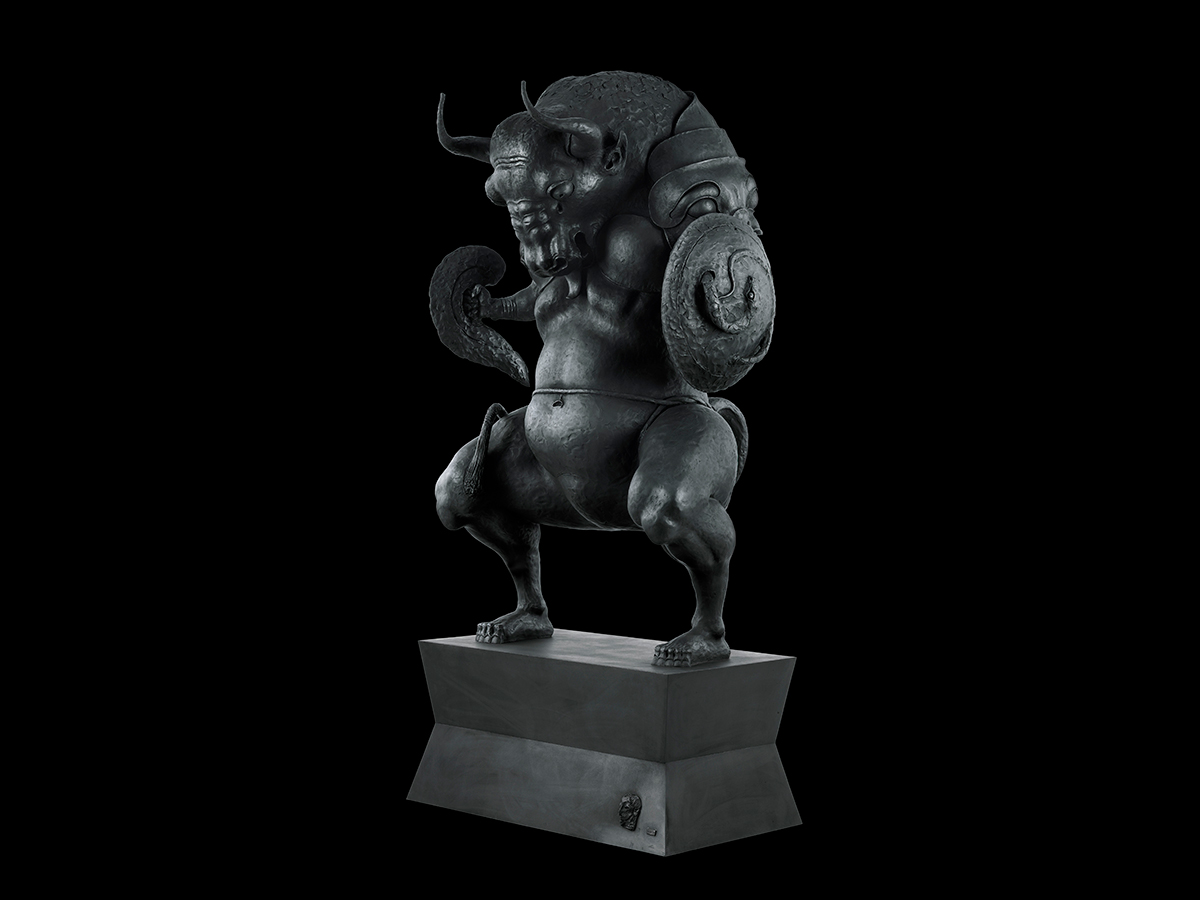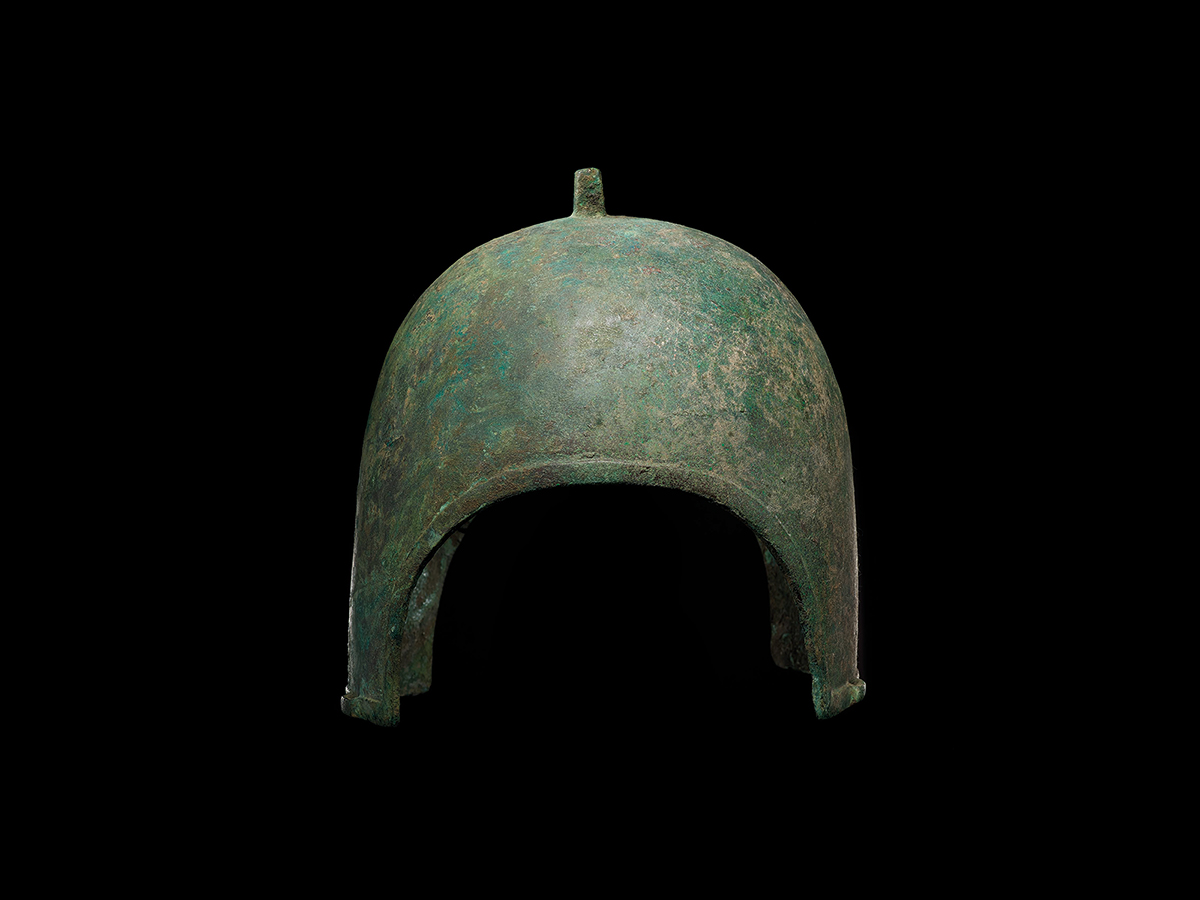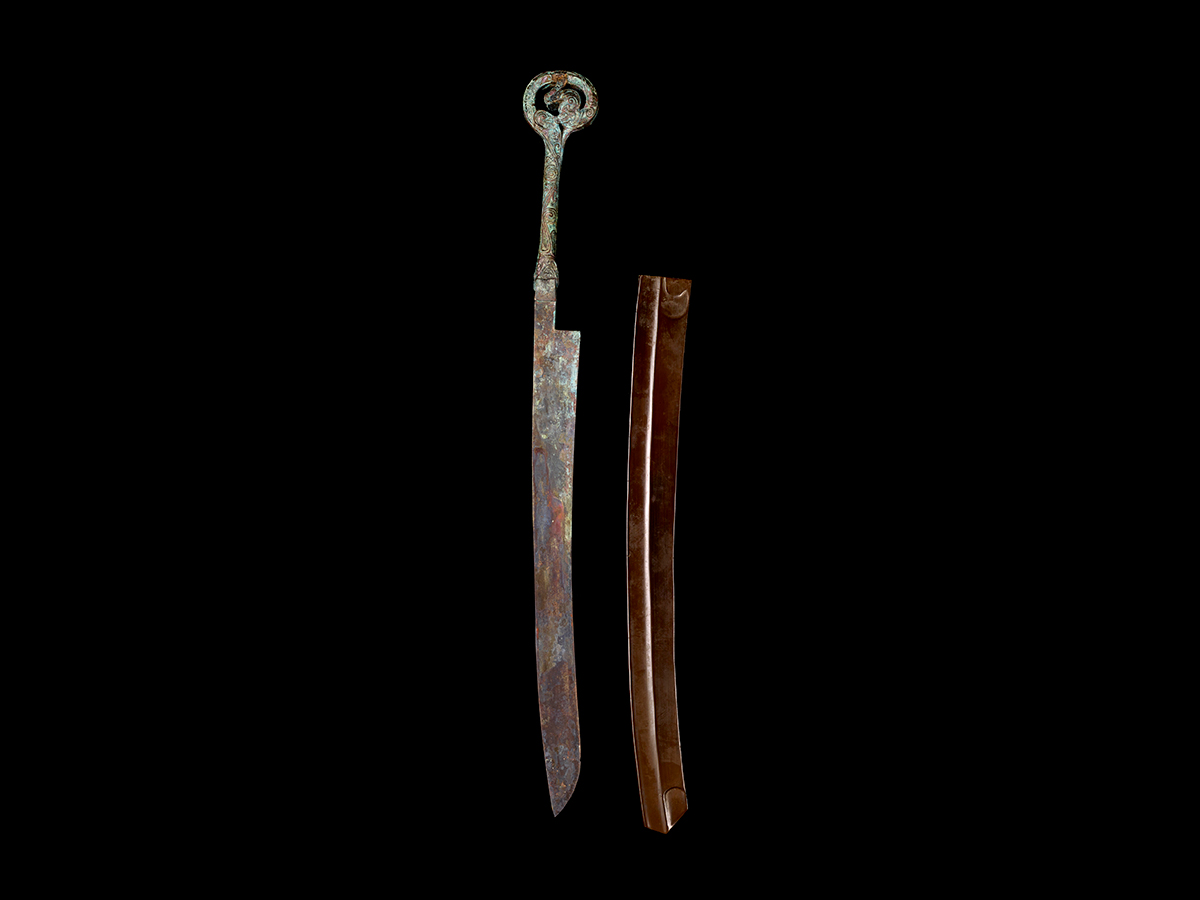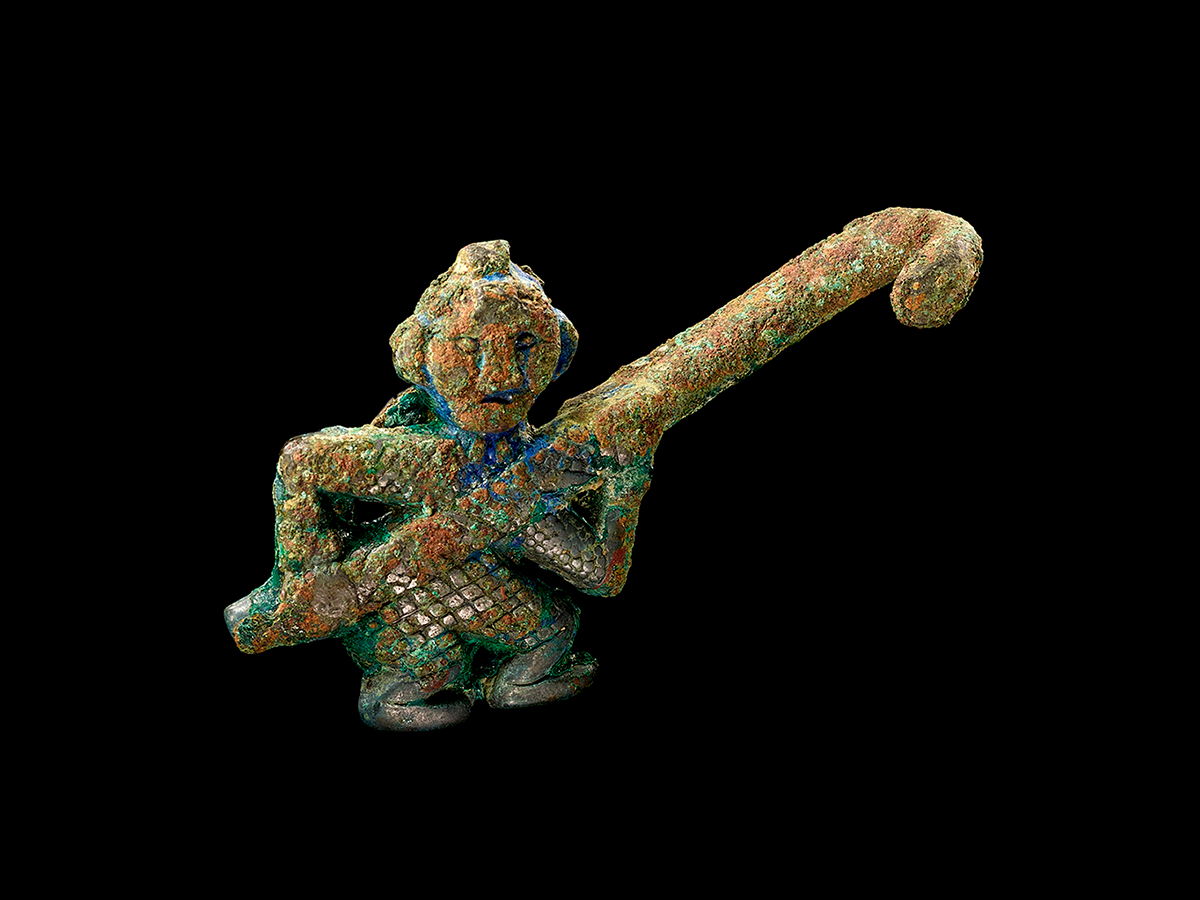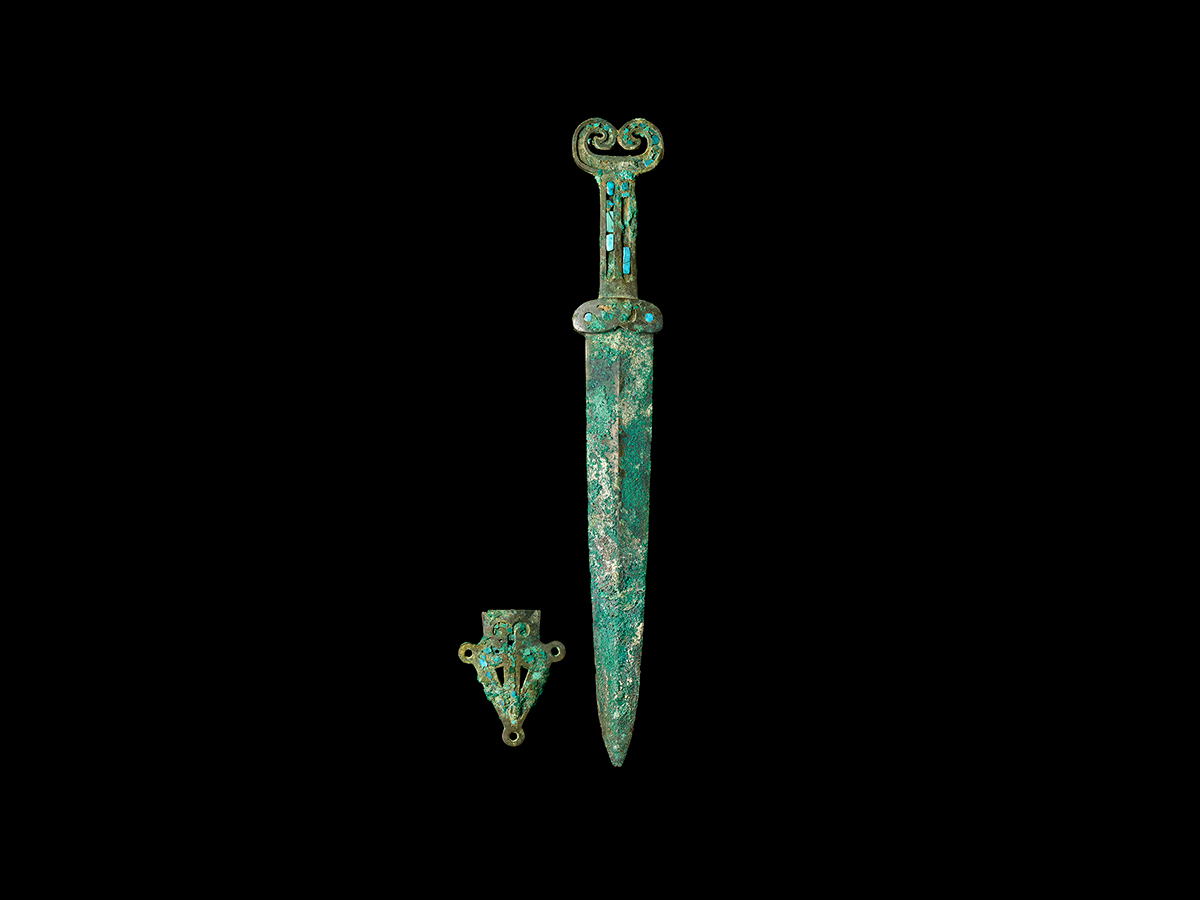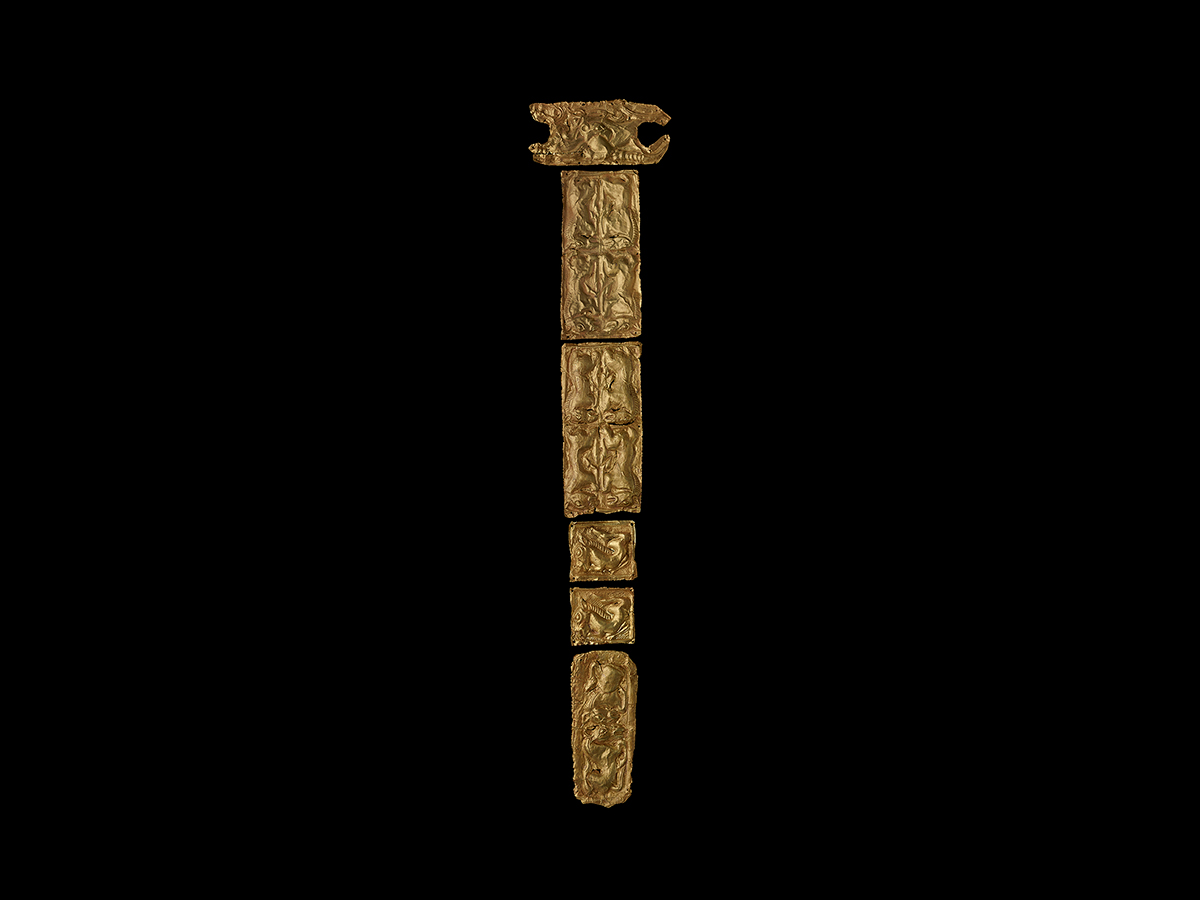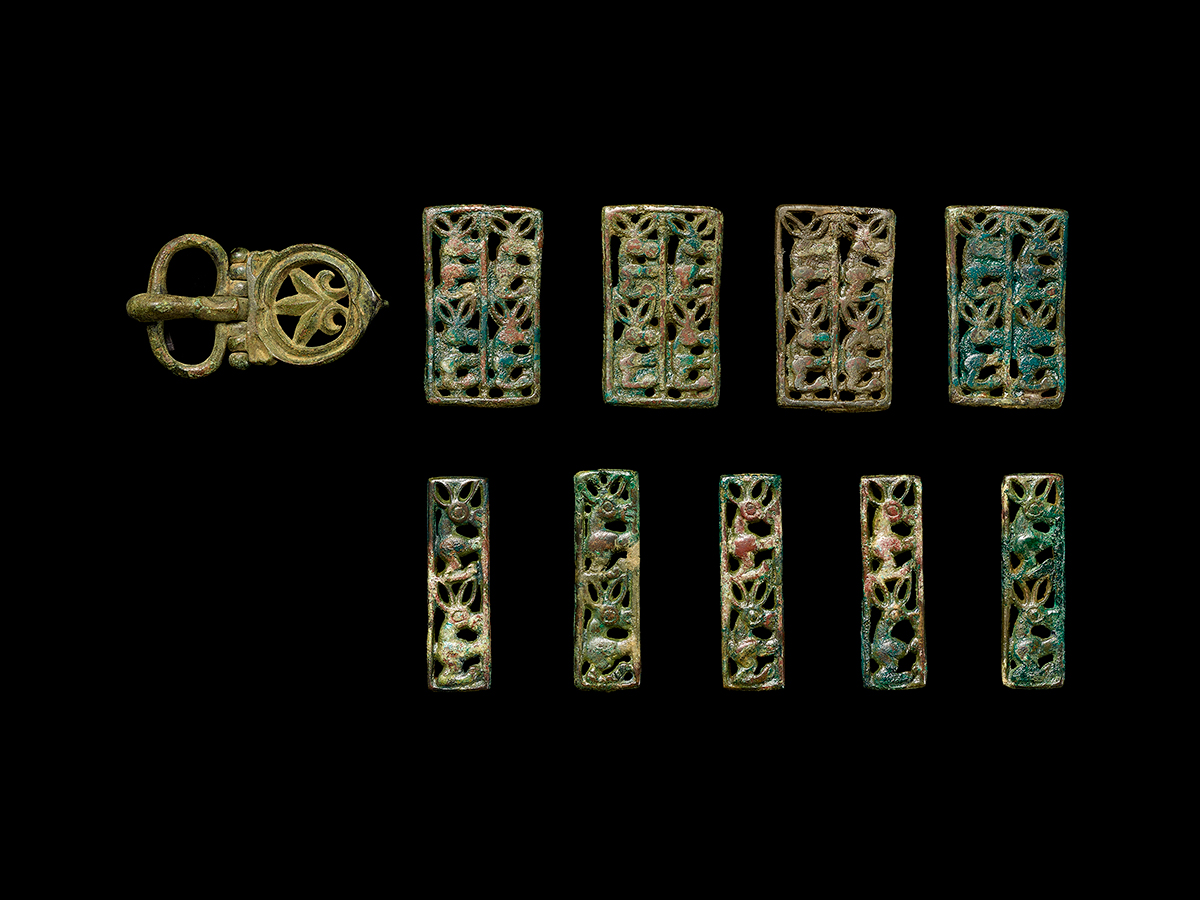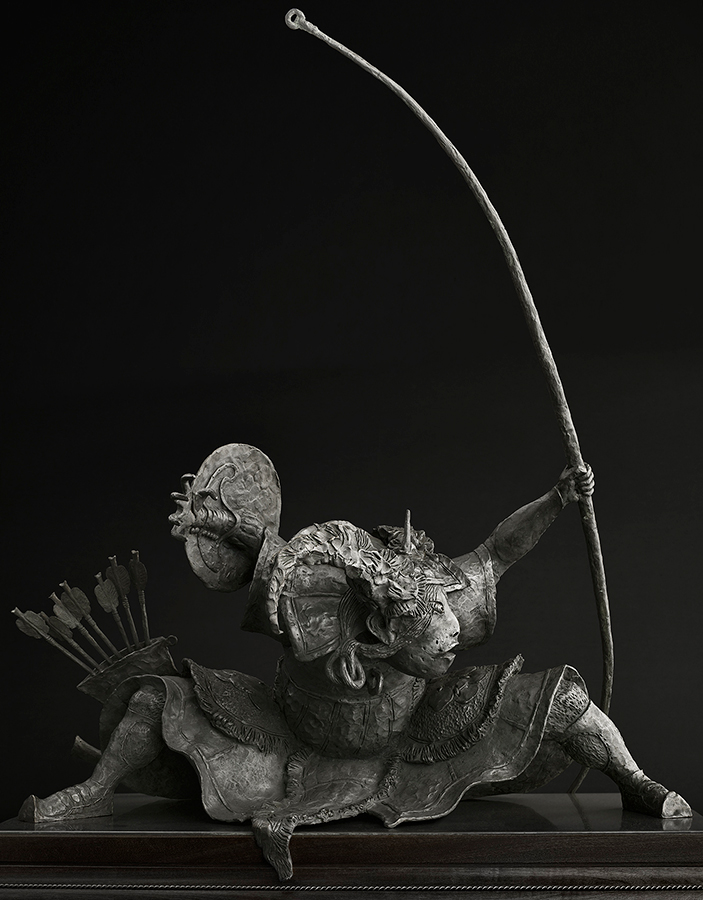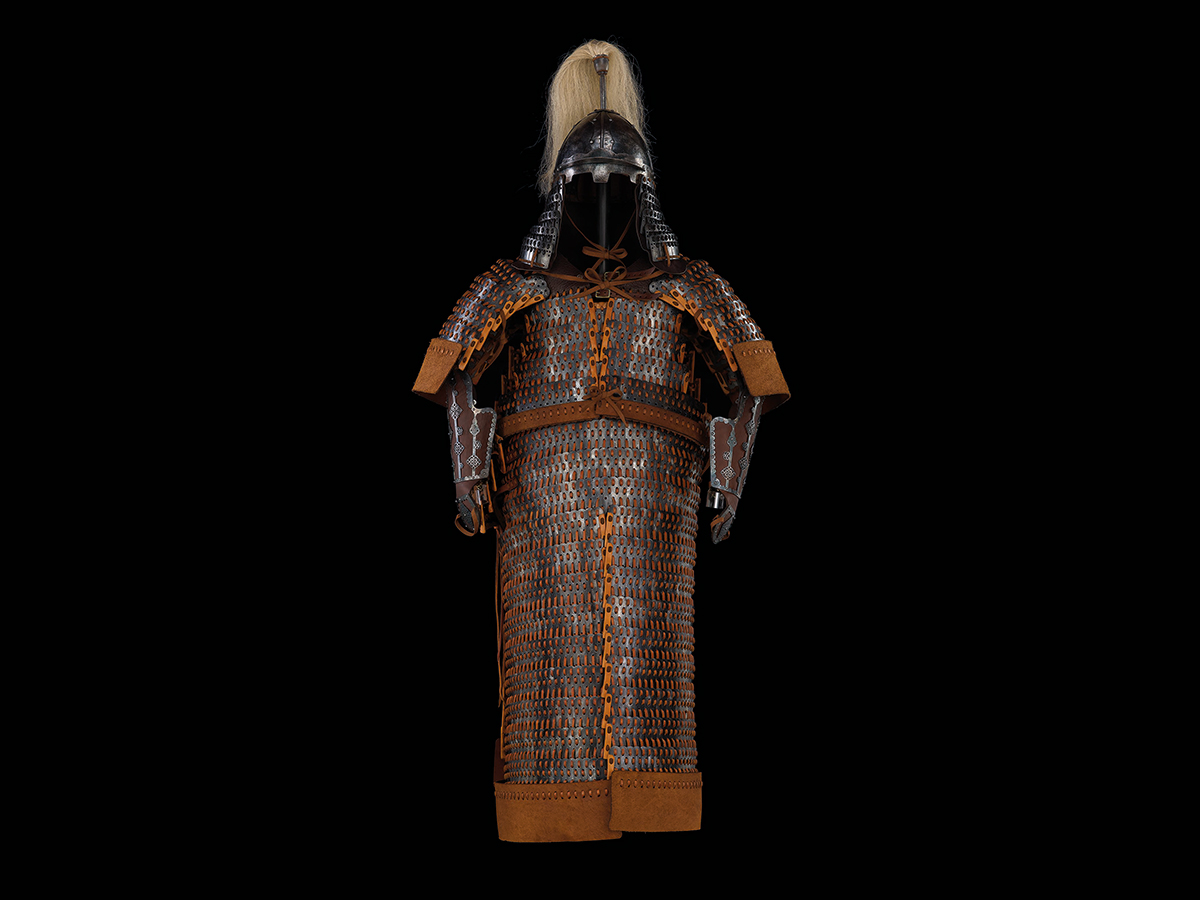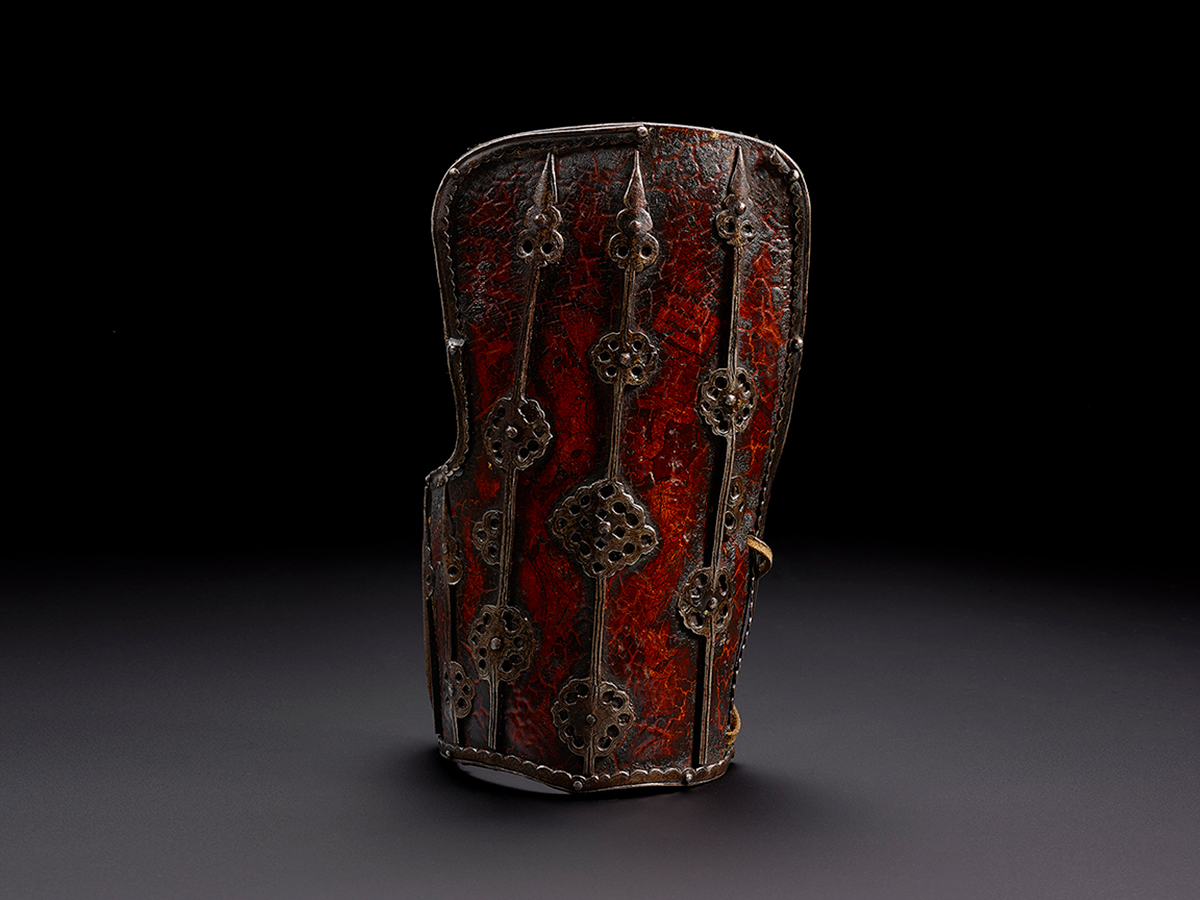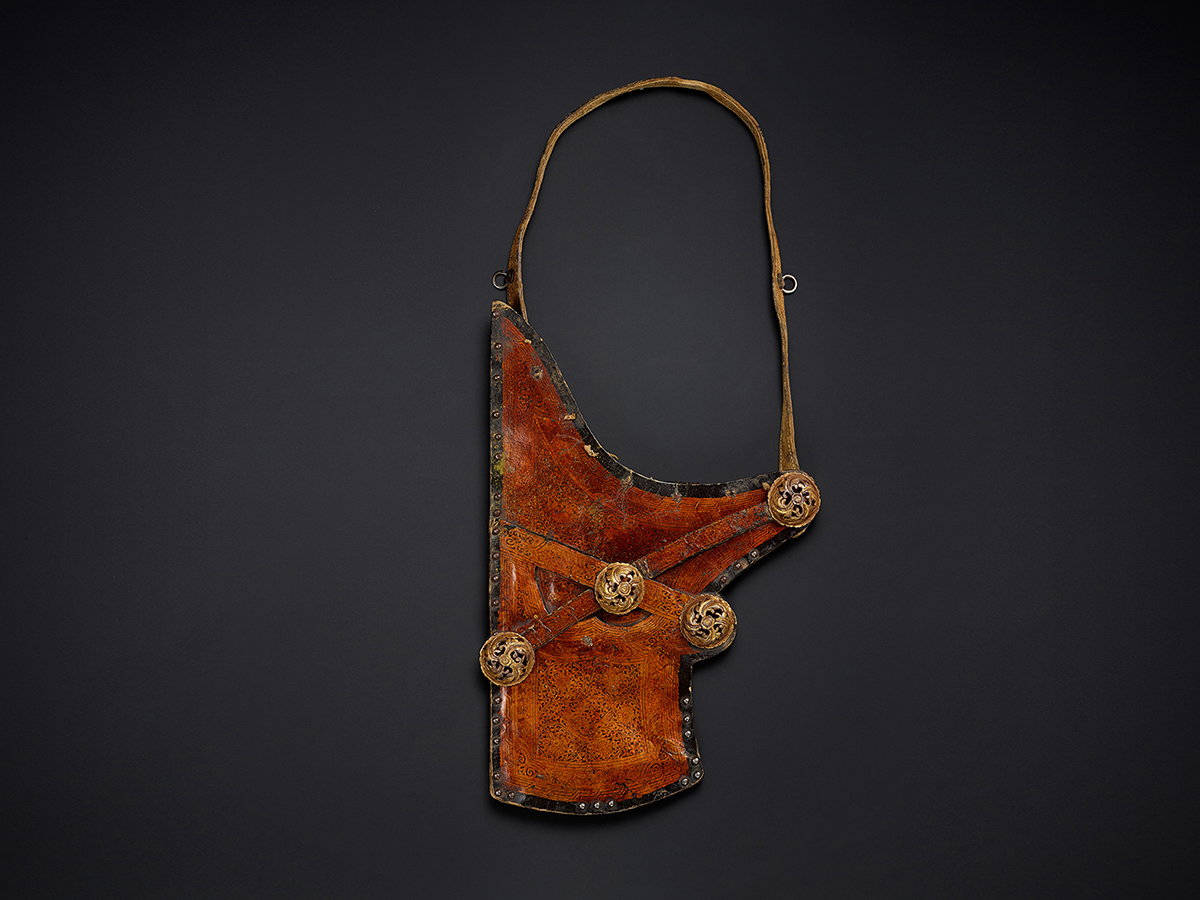Warriors
The mounted nomadic warrior was a fearsome sight. At the height of their power, during the 13th and 14th centuries, the nomads built the greatest land empire the world has ever known. Martial training and combat were second nature to the nomads. The ability to shoot and ride was honed as an essential skill from childhood––to hunt animals, as well as to protect one’s herds, property, and family from predators and enemy raids. A man had to be a hunter and a warrior, and sometimes women too. The abilities to plan, coordinate, and execute a hunt were similar to those required for successful warfare. Nomads were raised from childhood to put up with hardship while following game or the herds’ migration, and campaigning was in their blood. Indeed, for the ancient nomads, there was no sharp distinction between hunting and warfare, which rather formed a continuum in their existential experience, both equally necessary for survival.
Warriors
The Mongol Warrior
The steppe warrior appeared in his most developed form during the Mongol period. However, his armament varied considerably across the empire. For example, the sabres used by the soldiers of the Yuan dynasty were quite different from those of the Golden Horde Khanate. Despite these variations, Mongol warriors shared certain commonalities: they always fought on horseback, usually as light cavalry; their horses were lightly armoured or even unarmoured; and the warriors wore a full set of lamellar armour, composed of stacked layers of thick hide or iron plates. However, the Ilkhanate and Golden Horde Khanate fighters wore mail- and perhaps scale-armour.
The Mongol warrior’s most important weapon was his bow, of the composite, recurve type, the length suitable for use on horseback. He also could carry a lance or mace, though the sabre remained the most common side-arm. Under Mongol influence, the sabre also became the dominant type of sword in China.
Mystery
Bronze2010
Dashi Namdakov's Art Foundation Collection
Decorated Shafted Yue-Axe with Circular Blade
Bronze11th–8th century B.C.E.
Hing Chao Collection
Helmet
Bronze10th century B.C.E.
Wui Po Kok Collection
Dao with Tuning-Key-Shaped Hilt and Animal Ornament
Bronze3rd century B.C.E.
Mengdiexuan Collection
Belt Hook with Human Figure
Bronze3rd-2nd century B.C.E.
Mengdiexuan Collection
Short Sword with Chape
Bronze5th-3rd century B.C.E.
Mengdiexuan Collection
Scabbard Sheet with Reclining-Horse Patterns
Gold leaf5th-3rd century B.C.E.
Mengdiexuan Collection
Rouran (Avar) Belt Mount Set with Stacked-Deer Motif
Bronze4th–6th century C.E.
Hing Chao Collection
Scabbard Sheet with Reclining-Horse Motif
Gold leaf5th-3rd century B.C.E.
Mengdiexuan Collection
Archer
Bronze2009
Dashi Namdakov's Art Foundation Collection
13th-Century Mongol Bow, Quiver and Arrows
Bow: wood, horn, birch bark, sinew, fish bladder glueQuiver: birch bark, wood, bone
Arrows: wood, iron, feathers
Yuan Dynasty (1271-1368)
Stephen Selby Collection
Style of 13th-14th century Imperial Mongol Full Lamellar Armour
Steel, leather, suede rope, brass,horsehair, copper, iron
2021
Hing Chao Collection
Arm Guard with Applied Ornaments
Leather, iron, etc.15th-17th century
Mengdiexuan Collection
Leather Quiver with Painted Floral Motifs
Leather, iron, gold, etc.15th-17th century
Mengdiexuan Collection
